GNS Science awarded more than $20 million for research projects
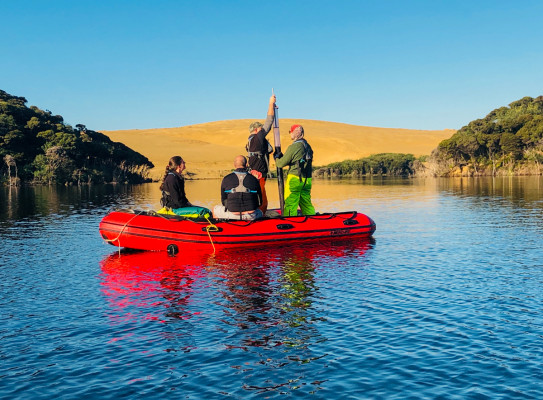
GNS Science (GNS) has been awarded over $20 million across three research projects from the 2023 Endeavour Fund funding round. GNS’s successful project bids include two Research Programmes - hazard modelling for fast moving landslides, and reducing urban carbon emissions, and a Smart Ideas project looking into gas-driven volcanic eruptions.
GNS was also successful in two co-led bids for additional funds with the Cawthron Institute to look at lakes management and restoration, and with Victoria University to build resilience to future earthquake sequences. The successful projects are summarised below:
Project: Hazard, risk and impact modelling for fast moving landslides
(Awarded: $10,482,585)
As a hilly country with high rainfall and frequent earthquakes, landslides are an ever-present hazard in many parts of the country, with climate change likely to increase the risk of landslide events. To increase Aotearoa’s resilience against rapid and dangerous landslides triggered by extreme weather or earthquakes, we need to understand when and where such landslides may occur, their potential size and what their impacts could be for a range of disaster scenarios.
This project will create national-scale landslide models that can generate landslide forecasts, and impact-based warnings.
GNS Science Engineering Geologist and Project Lead Dr Saskia de Vilder says the models will be built on years of scientific research, a vast catalogue of landslide data, including an inventory of more than 140,000 Cyclone Gabrielle-induced landslides, advances in modelling techniques, and information on people’s perception of landslide hazards, their associated vulnerability and the model outputs.
"A national picture of landslides and their impacts for multiple scenarios can support emergency preparedness and response to a disaster event, as well as longer-term planning and investment decisions that underpin where and how New Zealanders live," says Dr de Vilder.
"This will reduce deaths, enable critical access routes, and protect vulnerable individuals and communities from the direct and long-term stressors of landslide events."
This project is led by GNS Science, with research partners Massey University, Manaaki Whenua Landcare Research, Market Economics, University of Auckland, University of Canterbury. GNS Science is working with iwi partners - Te Runanganui o Ngāti Porou, international collaborators from the UK and Switzerland and stakeholders from central and local government.
GNS Project: Reducing Aotearoa's urban carbon emissions - a critical pathway to net-zero 2050
(Awarded $10,548,102)
This project extends GNS Science’s ground-breaking work developing a picture of Auckland’s carbon balance, to create a data-driven estimation of carbon emissions and sinks for every town and city in Aotearoa. The project will map urban CO2 sources and sinks in space (down to areas of approximately 500m), time (hourly), and by sector e.g. transportation, residential, industrial, and urban vegetation. The maps will be developed from a combination of cutting-edge atmospheric observations and modelling tools.
Dr Jocelyn Turnbull, GNS Science Radiocarbon Science Leader, says having this comprehensive and high-resolution emissions information will be vital as we work towards our net-zero 2050 target.
“There’s so much that we don’t yet know about how urban development decisions and land use impacts our carbon emissions. Development choices will influence traffic emissions, and importantly, but less obviously, development also changes how much carbon is taken up by urban trees and parklands.”
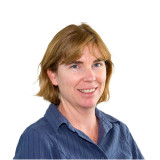
Jocelyn Turnbull
Radiocarbon Science Leader / Lead Scientist - Rafter Radiocarbon Laboratory
View bio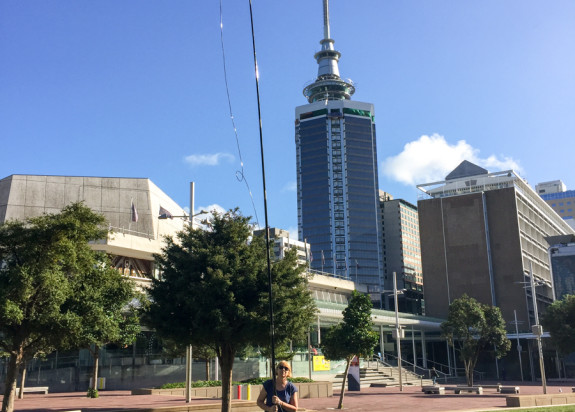
This project will enable Aotearoa to be the first country in the world with real-world emissions data for every urban centre, to guide future development across Aotearoa’s varied urban environments.
The project is led by GNS Science, with research partners NIWA, Manaaki Whenua Landcare Research, University of Auckland, DotLovesData, Ministry for the Environment, StatsNZ. GNS is also working with international collaborators from Australia, USA and Switzerland, and a stakeholder advisory group from central government, local government, iwi and industry.
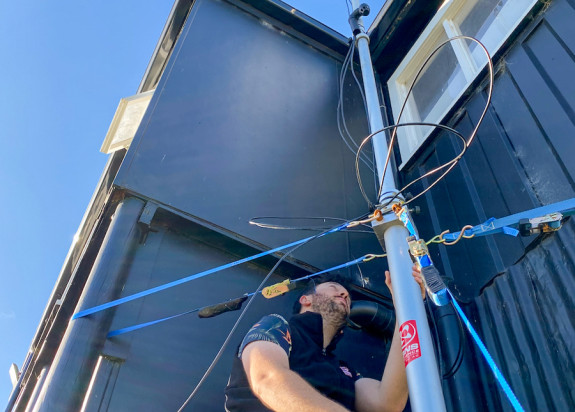
GNS Project: What controls gas-driven volcanic eruptions? An experimental approach
(Awarded $1 million)
Gas-driven volcanic eruptions are short-lived (seconds to minutes) explosions that occur with little warning. Like a kettle on a stove, when the pressure of the gas overcomes the strength of the lid, or mineral seal, an eruption occurs. These gas-driven events are the most common type and size of eruption globally, yet we have little understanding of the underlying processes that drive them. This is important when assessing volcano monitoring data and seeking to forecast the next eruption.
This project will use unique laboratory equipment that has been used successfully to test geothermal reservoir evolution, to replicate the high pressures and temperatures beneath Ruapehu. Based on these experiments, the project team will then be able to constrain the rates of mineral growth in volcanoes. It will be able to assess the effect of mineral growth, failure, and re-growth as a proxy for gas pressure build-up and then violent release. Aligned to the experimental work is a much closer analysis of rocks ejected during past gas-driven eruptions. By using very high-resolution microscopes, it will be possible to assess the timescales of seal formation prior to gas-driven eruptions and then compare those results to historical monitoring data.

Knowledge gained through this project will be used to develop a new forecasting tool that provides probabilities and uncertainties of an eruption based on monitoring data. Project lead, Dr Geoff Kilgour, says “This project tackles a particularly challenging type of volcanic eruption; one that tends to provide little warning. We aim to use controlled laboratory experiments to develop unprecedented understanding of the processes occurring in the days to weeks before these highly dangerous eruptions, and we hope this work will ultimately save lives and livelihoods.”
Cawthron Institute & GNS Co-Led Project: Our lakes, our future: Holistic approaches to transform lake management and restoration in a changing world
(Awarded $11,495,805)
Aotearoa’s lakes are in trouble – an estimated 45% are in ‘poor’ or worse condition, and climate change is bringing new challenges and exacerbating existing threats. This project will develop globally unique approaches to understanding the health of our lakes and their susceptibility to degradation and create a new decision-making framework to improve lake management and restoration.
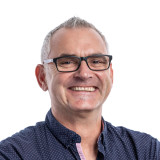
Cawthron Institute and GNS Science will co-lead this highly collaborative project involving four iwi partners (Manawhenua Ki Mohua, Rangītikei iwi, Te Arawa Lakes Trust and Ngāti Pāhauwera), national and international research institutes (including University of Waikato, Victoria University of Wellington, University of Otago), and stakeholders from regional and central government.
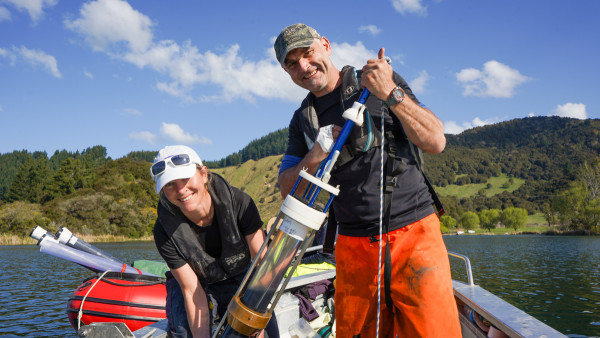
Project co-lead Dr Marcus Vandergoes, GNS Science paleoecologist, says the transdisciplinary project will use a suite of innovative tools to understand lake biodiversity and ecosystems, make use of GNS Science’s archive of sediment core samples, and draw upon indigenous knowledge systems and social science.
“Aotearoa’s lakes are central to our cultural, social and environmental well-being, and they’re in crisis. By bringing together these methods and enabling more effective management decisions, we can transform lake restoration and ensure that our lakes can be resilient to future challenges.”
Victoria University led multi-institutional project: Ngā Ngaru Wakapuke — Building resilience to future earthquake sequences
(Awarded $12,670,370)
The Plate Boundary Transition Zone spans the lower North and upper South Island and is home to New Zealand’s largest sources of earthquake risk, including the Alpine Fault and Hikurangi Subduction Zone. There is a high probability of a major earthquake occurring in the next 50 years on the Alpine Fault (75%) or Hikurangi subduction zone (26%), either of which could trigger a cluster of major earthquakes spanning years to decades. However, little is currently known about how these major fault systems interact.
Victoria University of Wellington will lead a project in partnership with GNS Science and other research institutions to forecast future earthquake sequences in the Transition Zone and create scenarios, co-designed with communities and iwi, of how society may respond and transition to long periods of disruption caused by major ongoing seismic activity.
The programme will be co-led by Dr Jamie Howarth (VUW) and Dr Caroline Orchiston (University of Otago) in partnership with GNS Science, University of Canterbury, NIWA, Massey University, Market Economics and Neo Leaf Global Ltd.

GNS Science Marine Geophysicist and research aim leader Dr Dan Bassett said the project will use advanced 3-D constraints on the distribution and properties of faults through the transition zone alongside lake sediment records that paint a picture of earthquake activity over thousands of years to validate computer simulations of earthquake processes.
"It is hoped improved understanding and forecasting of seismic hazards will drive preparedness action that will increase resilience to clusters of large (>M7) earthquakes in the future," Dr Bassett said.
ENDS

